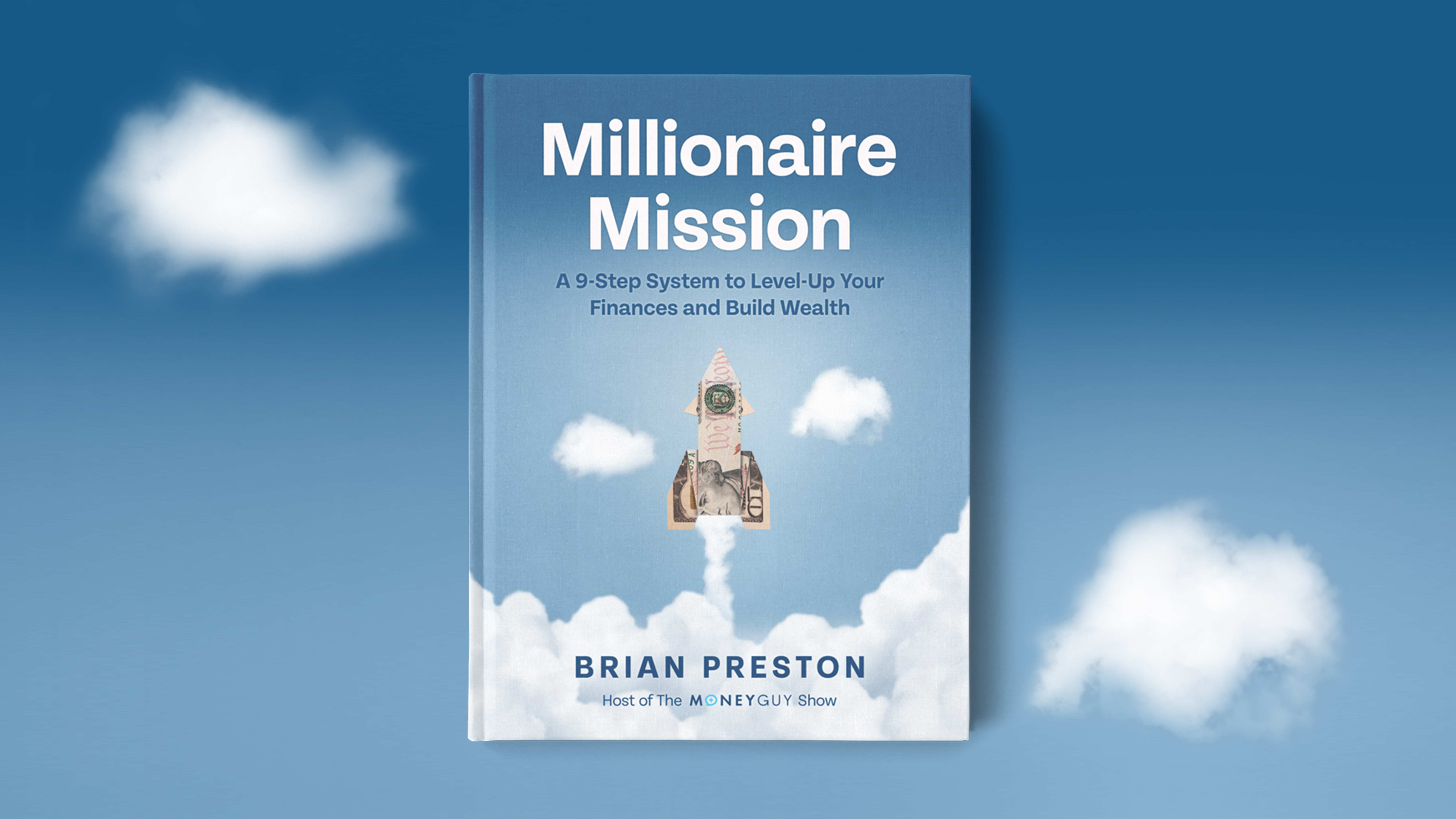
Change your life by
managing your money better.
Subscribe to our free weekly newsletter by entering your email address below.

Subscribe to our free weekly newsletter by entering your email address below.
When investing in mutual funds, you normally choose between Class A, Class B or Class C. The main difference in these options is the fees that you will be charged and how they are charged. A good way to understand how these fees work is to look at the funds one by one and determine which plan is best for you financially.
We used “360 degrees of Financial Literacy” as a reference for explaining the difference between the classes.
Class A – This class of funds is a good choice for investors wanting to invest a large number of shares for a long-term investment. The commission is taken on the front end, meaning, 3-5% is paid to the advisor and 95-97% then goes into the investment. There is also another component to mutual funds, called internal expense. These expenses pay for the manager or the investment team that manages the assets.
Class B – This class is best for those who don’t want the front end loads. The load is taken on the back end. The entire amount is invested up front, but, on the back end, you pay a fee based on what the fund is worth when you leave that investment. The commissions are paid to the advisor by the mutual fund company through much higher internal expenses.
Class C – This is the new and improved version of the B shares and has become the most popular. The internal expense is not as high as the B shares and they don’t charge a front end expense. This is kind of a hybrid between the A and B shares.
When trying to determine which type investment is best, consider this: research shows that an A share is a better investment than a C share after about 9 years. This is because the front end commission puts the investor at a disadvantage to the C share, and it takes about 9 years to overcome the front end load fees.
No-loads are designed for two types of investors, those who want to do it themselves and those who what to hire an investment planner. Most people can manage their own assets up to about $250,000. Over that, you need the help of a professional who can make the most of your portfolio. It’s like shopping at Sam’s or Costco, the professionals have access to better deals on the investments than just an individual can get.
Just remember, watch your taxes, fees, and asset allocation, and you cannot help but be a successful investor.
Subscribe on these platforms or wherever you listen to podcasts! Turn on notifications to keep up with our new content, including:


Financial Order of Operations®: Maximize Your Army of Dollar Bills!
Here are the 9 steps you’ve been waiting for Building wealth is simple when you know what to do and…
View Resource
How Much Should You Save?
How much of your income can you replace in retirement? You can replace different portions of your income in retirement…
View Resource
The 5 Best Tools To Cover Life’s Greatest Financial Risks
Read MoreWhat To Do When the Stock Market Is Down
Read MoreHow To Prepare for a Bear Market in 2025
Read More

How about more sense and more money?
Check for blindspots and shift into the financial fast-lane. Join a community of like minded Financial Mutants as we accelerate our wealth building process and have fun while doing it.




It's like finding some change in the couch cushions.
Watch or listen every week to learn and apply financial strategies to grow your wealth and live your best life.
Subscribe to our free weekly newsletter by entering your email address below.